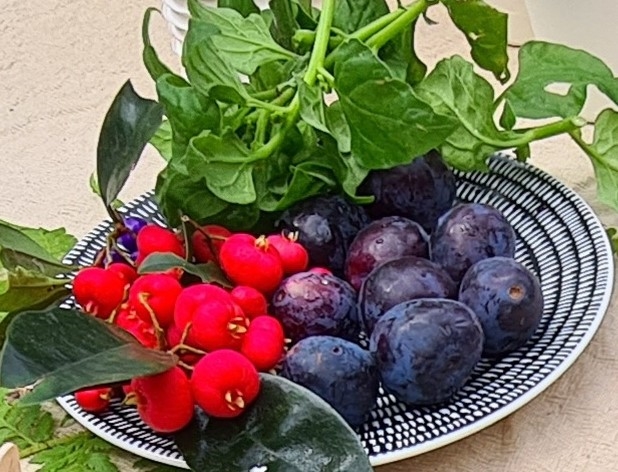By Neena Bhandari
Growing up on the Osmania University campus in Hyderabad (India), Gorur Harinath would meet medical students, who would sometimes join him and his mates for a game of cricket on the campus grounds. One day, curious about what was taught in the medical college, he asked one of the boys to show him his classroom.
He was taken to the anatomy laboratory, where students were performing dissection on dead bodies. “It was my introduction to medical science, but in that epiphanous moment, I decided that one day I would become a doctor”, says Dr Harinath, who graduated in medicine in 1970.
After graduation, most of his batchmates began applying to universities in the United States or the United Kingdom to pursue post-graduation and eventually migrate. “To get admission in the US, students had to sit an exam which was conducted in Singapore and other countries, but not in India. My father, who was a horticulturalist, couldn’t afford to send me overseas to sit the exam as we were six siblings and he was the only breadwinner”, he adds.

